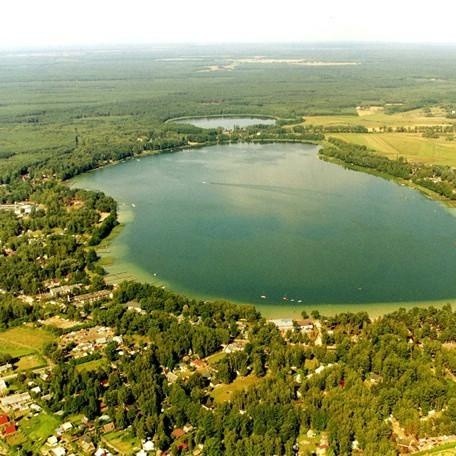Podkarpackie, (polish – województwo podkarpackie) the Sub-Carpathian Province, located in the extreme south eastern corner of Polska. Woj Podkarpackie, means underneath the Carpathians.
The region’s neighbours are the Lublin Province to the north, the Little Poland Province, Malopolskie, to the west, and the Holy Cross Province, Świętokrzyskie Voivodeship, to the north west. The Province of Podkarpackie has an international border with Ukraine, 236 km border, on the east and Slovakia, 134 km border, on the south.
Podkarpackie occupies an area of 17,900 sq km (5.7% of the country’s area) and has a population of about 2.1 million people (5.5% of the country’s population). The capital of the region is Rzeszów with a population of 165,000, there are 45 towns and almost 2,200 villages, divided into 20 rural and 4 town districts. Arable lands in the region are: 945.6 ha, which constitutes 52.8% of the region’s total area.
The province of Podkarpackie includes the plains of the Sandomierz Valley in the Carpathian foothills of the Low Beskid Mountains and the Bieszczady National Park. The region is mostly hilly or mountainous except for its north western corner which is rather flat. It is one of the most wooded Polish provinces covering about 35.9% of the total area of the region.
The Carpathian Mountains or Carpathians are a range of mountains forming an arc of roughly 1,500 km across Central Europe and Eastern Europe, making them the largest mountain range in Europe.
Wislok is a river in south-eastern Poland, a tributary of the San River with a length of 205 kilometres, the 18th longest and has a basin area of 3,528 sq. km. totally within Poland. The Wislok valley could have been an important trade route and human settlements are thought to have existed as early as 9th or 10th century. The Wislok Valley was one of the strategically important Carpathian rivers that were bitterly contested in the battles on the Eastern Front during World War I.
The Wisloka river is a tributary of the Vistula river and has a length of 164 kilometres making it the 26th longest in Poland, the basin area is 4,110 sq. km. Tributaries of Wisloka river are; the Jasiolka, Tuszymka and the Wielopolka.
The San river in south eastern Poland and western Ukraine, and is a tributary of the Vistula River, with a length of 433 km and a basin area of 16,861 km. It is the 6th longest river in Poland. The San has its source in the Carpathian Mountains near the village of Sianky, Ukraine. It is located a few kilometres from the border with Poland, for approximately its first 50 km, in the south-eastern part of Bieszczady, and has an elevation of 900 metres, on the Polish-Ukrainian border.







